Cascades Female Factory
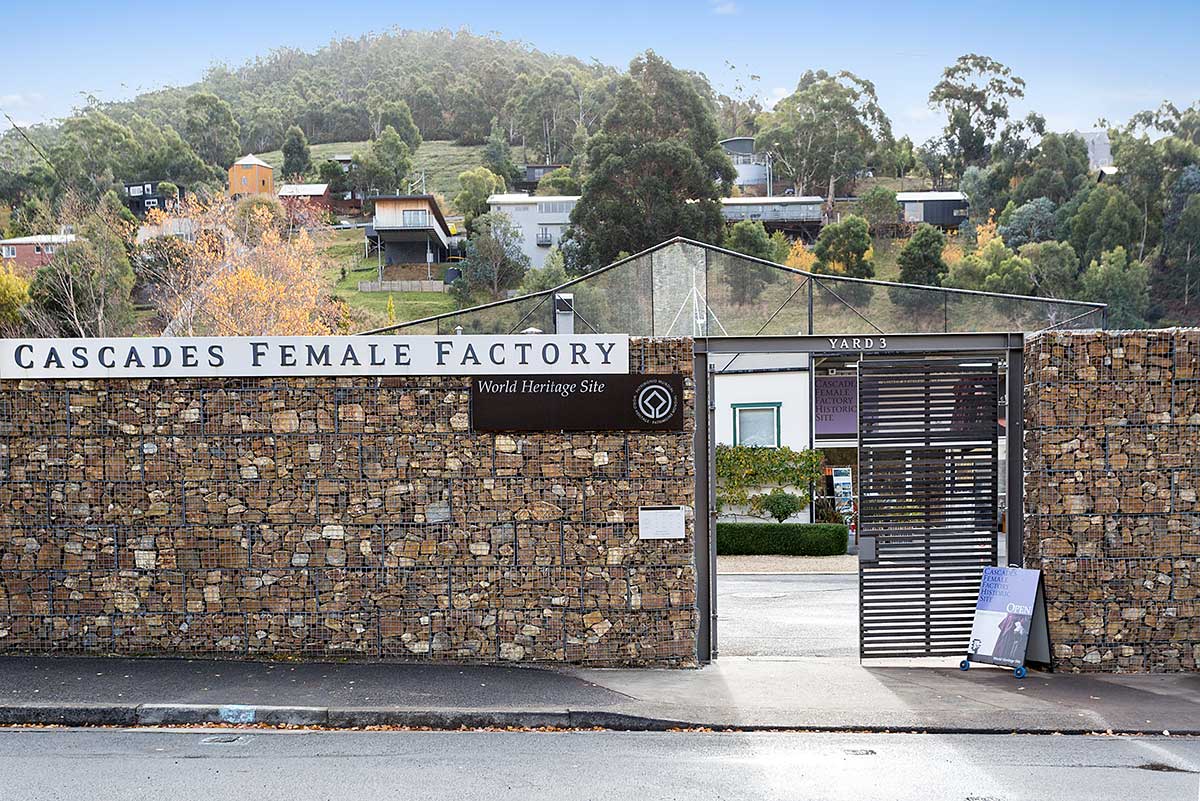
Of the 25,000 women transported to Australia, around half were sent to Van Diemen’s Land. Most spent time in the grim, isolated and overcrowded Cascades Female Factory, located in a cold, swampy valley upstream from Hobart. All that remains of the original establishment are the stone-walled yards which, from 1828 to 1856, convict women were imprisoned, found protection, awaited employment or sheltered to give birth.
The Cascades Female Factory was established in 1827. It extends across five yards and a wall running at right angles to Degraves Street marks the far boundary of the site. This wall is marked with engaged stone piers. There are remains of a cemetery under housing to the north east of the main site.
The Cascade Female Factory Ruins are located in the First Yard of the Cascades Female Factory Historic Site and are open for public inspection. The First Yard is in public ownership and administered by the Tasmanian Department of Tourism, Parks and Heritage.
Visiting this World Heritage site can be both emotional and rewarding, creating a connection with the stories of female convicts in Australia and their children –stories are often tragic, but they also inspire hope and resilience. Joining a guided tour of Cascades Female Factory is highly recommended as it will help bring the story of this challenging but very special place to life for you. A Heritage Tour is conducted several times each day and offers a guided introduction to the site and its stories.
Entry fees apply.
Location: 16 Degraves St, South Hobart, Tas. Phone: 1800 139 478
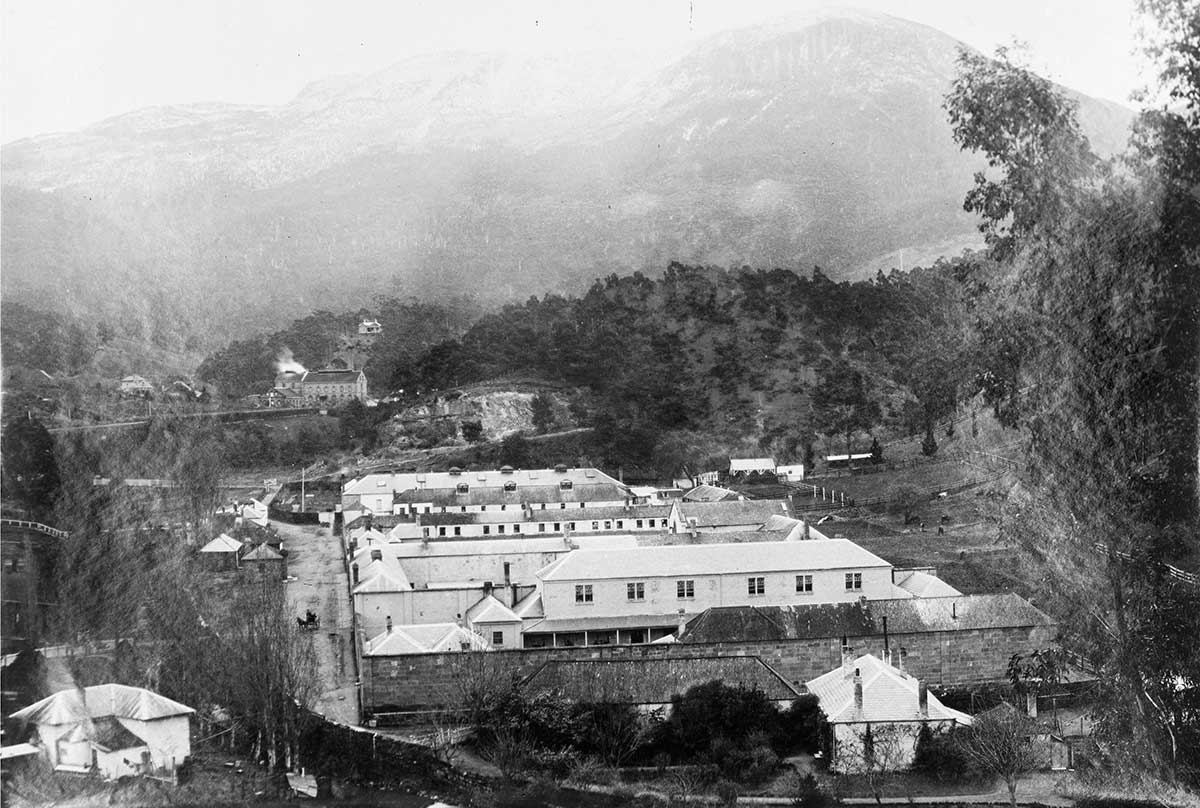
Historical Background
During the early years of Van Diemen's Land, the British Government focussed on the problem of managing male convicts as the number of female convicts transported was small and it was not until the 1830s that annual arrivals consistently exceeded 200. While numbers of female convicts remained low, it was possible to assign them immediately upon arrival to service or marriage. Yet a steady increase in female convict arrivals from 1810 meant that women were sent upon arrival to female factories in Hobart's Murray Street Gaol and Georgetown. In 1827, the overcrowding of the Murray Street and Georgetown establishments led to the purchase and conversion of Lowes Distillery for the Cascades Female Factory and the Female Factory at Launceston being established.
Thomas Lowes built his distillery one kilometre from the Cascades brewery on land granted by the Governor on the condition that a distillery be built in one of the earliest industrial areas in Hobart. Lowes Distillery failed because of the rapid appearance of rival distilleries, which numbered sixteen by the end of the distillery's first year in 1824. The biggest blow however was the reduction in import duty on spirits in 1825, which enabled competition from outside of the colony. When offered for sale in May 1826, the site consisted of two stone buildings, an office and stable, surrounded by a 2.5 metre high stonewall and accessed by a road and bridge.
The site was purchased by the Government in 1827 and adapted by Colonial Architect John Lee Archer to house the 40-50 female convicts assigned to the new Cascades Female Factory. Two-storied buildings were added to the front and along the east and west walls of the site. A chapel was built to connect the original central and rear buildings. Twelve solitary cells were built in the northwest corner of the yard. The term 'factory' had been used to describe the women's section of the Parramatta Gaol in the early decades of the nineteenth century (Kerr 1984). The term probably arrives from the English factory system instituted during the Industrial Revolution where prisons and workhouses provided a place where task workers could be hired.
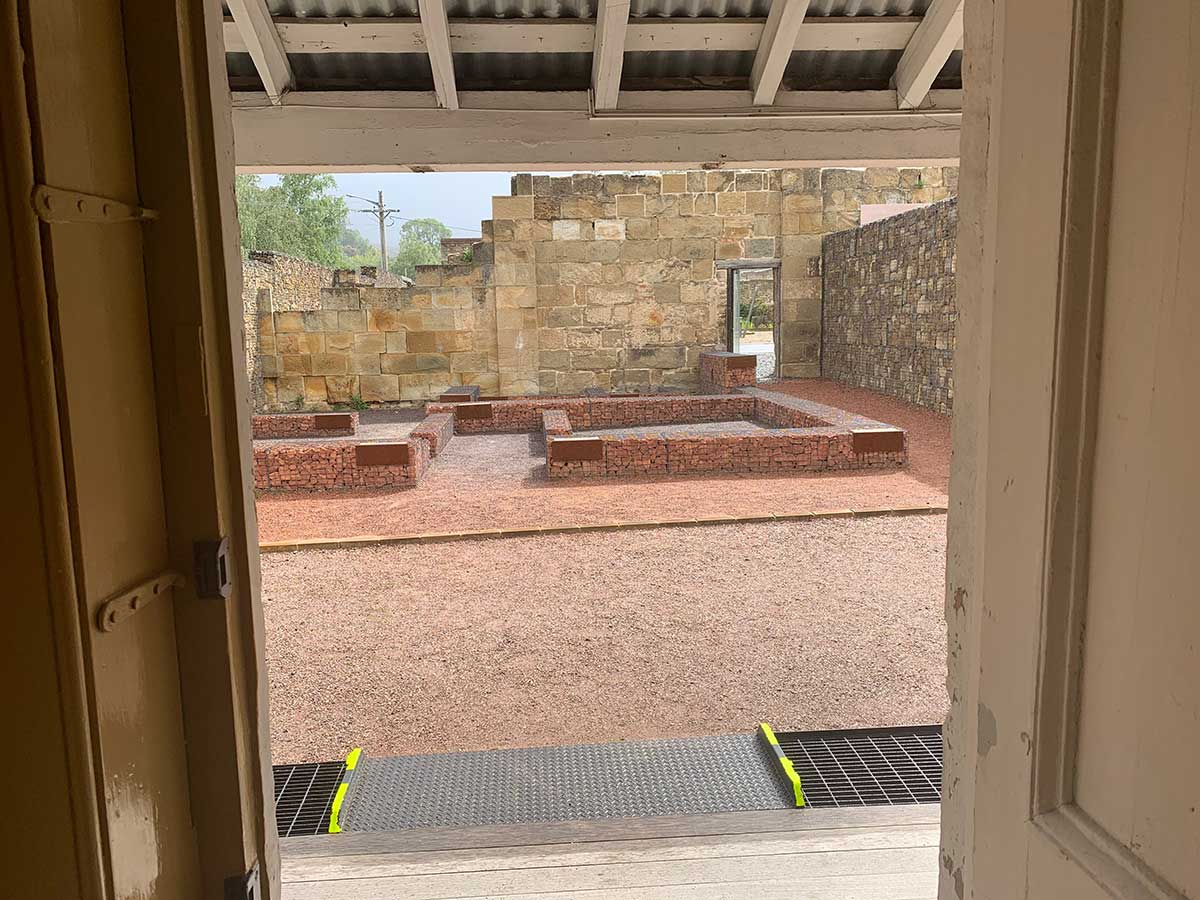
The first inmates were moved into the First Yard from late 1828. To relieve overcrowding, the Second Yard was built in 1830. The female factory's exterior walls had few external openings to provide adequate ventilation and it was positioned 'in a bog at the bottom of a deep sunless valley' which also contributed to the unhealthy atmosphere for the female inmates and their children. This disadvantage of the site along with the high cost of construction was overlooked as the need for a new female factory was urgent.
The Female Factory accommodated five classes of convicts: First or Assignable Class, Second, Third or Crime Class, Hospital and Nursery. There was a yard for each classification. Pregnant convicts were sentenced to six months in the Crime Class following the weaning of their babies. A high infant mortality resulted from the enforced early weaning, extreme over-crowding and the unhygienic conditions at the factory.
Much emphasis was placed on the women's perceived sexual immorality. Women were incarcerated for offences against the sanctioned social order such as for being pregnant and unmarried. This incarceration was despite the fact that many women of the day co-habitated with men and had children outside the confines of marriage.
Female convicts were regarded as a sexually promiscuous and abandoned group of women who were not only responsible for their own condition but also as a corrupting influence on men. They were regarded as 'little more than common prostitutes'. This term was used to describe the perceived moral degradation of women and not necessarily their occupation. Convict women were often transported for theft of money or clothing. They were often sentenced for a term of seven years and were usually aged in their twenties or younger. Convict women who had worked as prostitutes usually did so out of economic necessity.
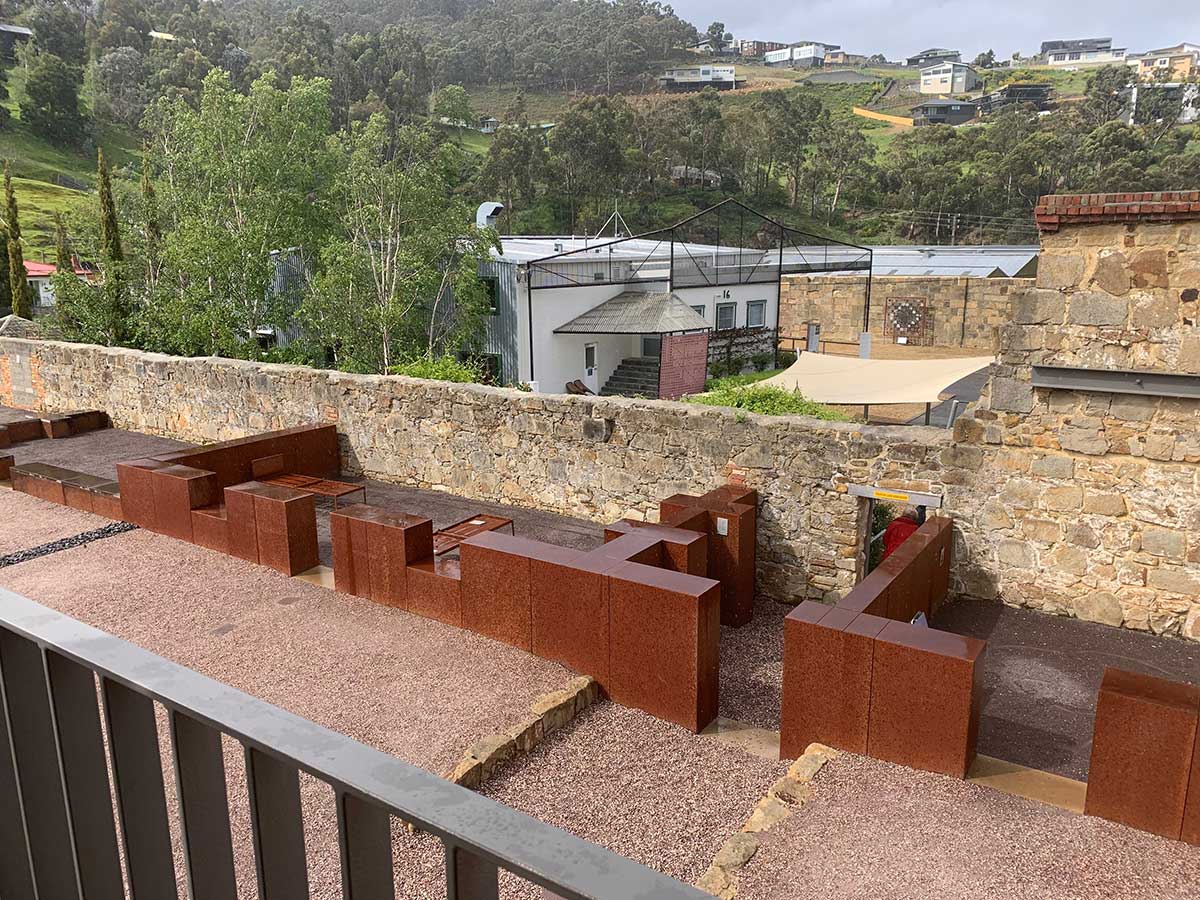
At the time of its establishment, the Female Factory at Cascades was relatively remote from Hobart Town. This isolation was intended to remove the inmates from the negative influences and temptations of the town and in turn to prevent the women from corrupting the morals of the town's men. Such isolation also served to remove the women from interaction with men for fear the women would become pregnant. The matron, who was usually the wife of the prison's superintendent, supervised the daily routine of the women.
During the 1840s, particularly after the transportation of convicts to New South Wales ceased in 1848, there was a substantial increase in the number of female convicts transported to Van Diemen's Land, requiring the construction of the Third Yard in 1845, Fourth Yard in 1850, and Fifth Yard in 1859. This period also saw the colony follow NSW in replacing the assignment system with the probation system. Under this system, newly arrived women were employed for six months at sewing and spinning and taught basic reading and writing. This was to assist in reforming their characters and to equip them for domestic service. When their six months probation period expired, prisoners with a record of good conduct were assigned to settlers. The female convict's conduct continued to be monitored after they were hired and misconduct could result in a sentence at the female factory, including a period in solitary confinement, an extension of the sentence or revocation of their pass.
The Cascades Female Factory was soon overcrowded again and deemed unsuitable for the reception of new arrivals under the probation system. Plans were commissioned to build a new penitentiary for up to four hundred women. In the meantime a hulk named 'Anson' was used for the reception of newly arrived female convicts. With the 'Anson' serving as the female probation station, the Female Factory was used primarily for the secondary punishment of female convicts who had re-offended while on assignment. The 'Anson' was used until 1850 and by this time a new institution for female convicts had been established at Ross.
After the cessation of convict transportation to Tasmania in 1853, Cascades continued to be used as a prison. In June 1856 the site was proclaimed a Gaol and House of Correction for Females, allowing the admission of 'free' women convicted locally or on remand.
To make more efficient use of the complex, the Colonial Government established an official pauper establishment on the site in 1869 to minimise expenditure on new institutional buildings. In the first year of operation, a boy's reformatory was established in the Third Yard, a male invalid depot in the Fourth Yard, and a female invalid depot in the Fifth Yard. There were 272 residents in total. By the end of 1869, the 14 ex-convict 'Imperial' residents of the establishment who were supported from Imperial funds were far outnumbered by the 'Colonials'.
The physically able male paupers were employed in cultivating the land, carpentry, shoe-making, broom-making, coopering, picking oakum, stone breaking and other manual labour. Their numbers were few, however, and the prison gang and the Reformatory boys did the bulk of the effective work. A few male paupers instructed the children of female paupers and prisoners. The women inmates repaired clothing and made bedding for themselves and the males did the washing.
The Female Factory was closed in 1877 and male invalids and paupers including "imperial lunatics" were transferred from Port Arthur. Another relocation of the various institutions was enacted. The First Yard became home to the male invalid depot and a Hospital for the Insane was established in the Fourth Yard.
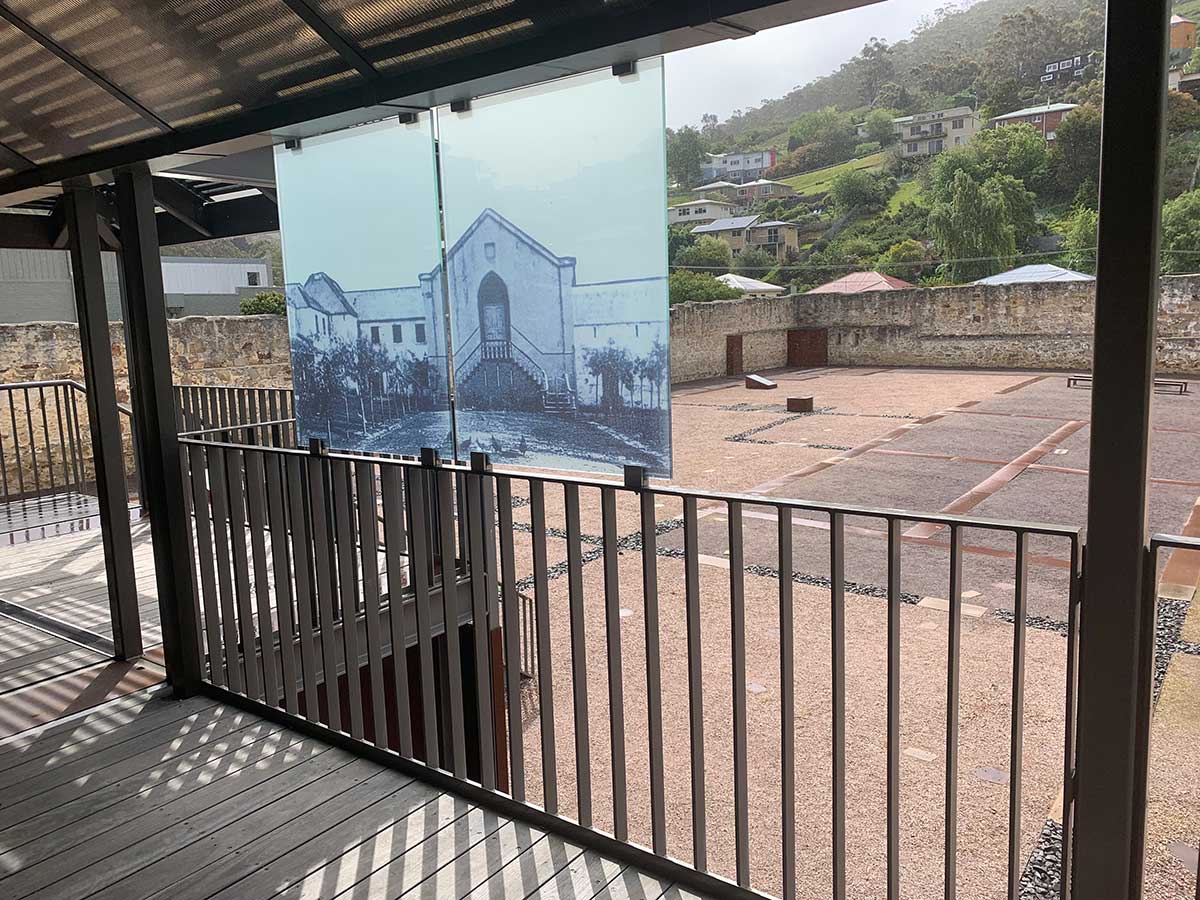
The establishment of a Contagious Diseases Hospital in parts of the First and Second Yards at Cascades in 1879 represents the efforts of nineteenth century governments to penalise rather than reform the poorer classes of women, particularly prostitutes who were blamed for the spread of venereal disease. The passing of the Contagious Diseases Act 1879 and the establishment of the Hospital followed a public outcry in Hobart over the infection of Royal Navy sailors with syphilis and the feared curtailment of future naval visits.
Based on similar legislation in England, the Act was essentially penal in character with the initial institution being officially referred to as the 'Prison Lock Hospital'. In 1891 the Contagious Diseases Hospital was moved into the Fourth Yard of the Cascades Female Factory site. The police had power to seek out and report suspected cases of women with contagious diseases to the Superintendent of Police, who could then order a medical examination and the imprisonment and treatment of the woman for up to 12 weeks. In 1884, Police Superintendent Pedder suggested that women dreaded a sentence in the Lock Hospital more than imprisonment in gaol. Often, women who were suspected of being prostitutes or promiscuous were held at the hospital and later found to be healthy.
Homeless and delinquent children and their representation in the prison population was the subject of long-standing concern. The establishment of a boys reformatory had been proposed in 1862 with the favoured site being the former female factory in Ross. However with the deterioration in the buildings at that site and a delay in the passing of the Training Schools Act, the Cascades site was chosen instead. Convicted boys who had previously been sent to gaol were now admitted to the Reformatory, where they received a basic education, worked on the attached farm or were apprenticed. Over the course of its existence from 1869 to 1879, the Reformatory was referred to in annual reports as the Boys Training School, Training School for Juvenile Offenders, or Reformatory for Males.
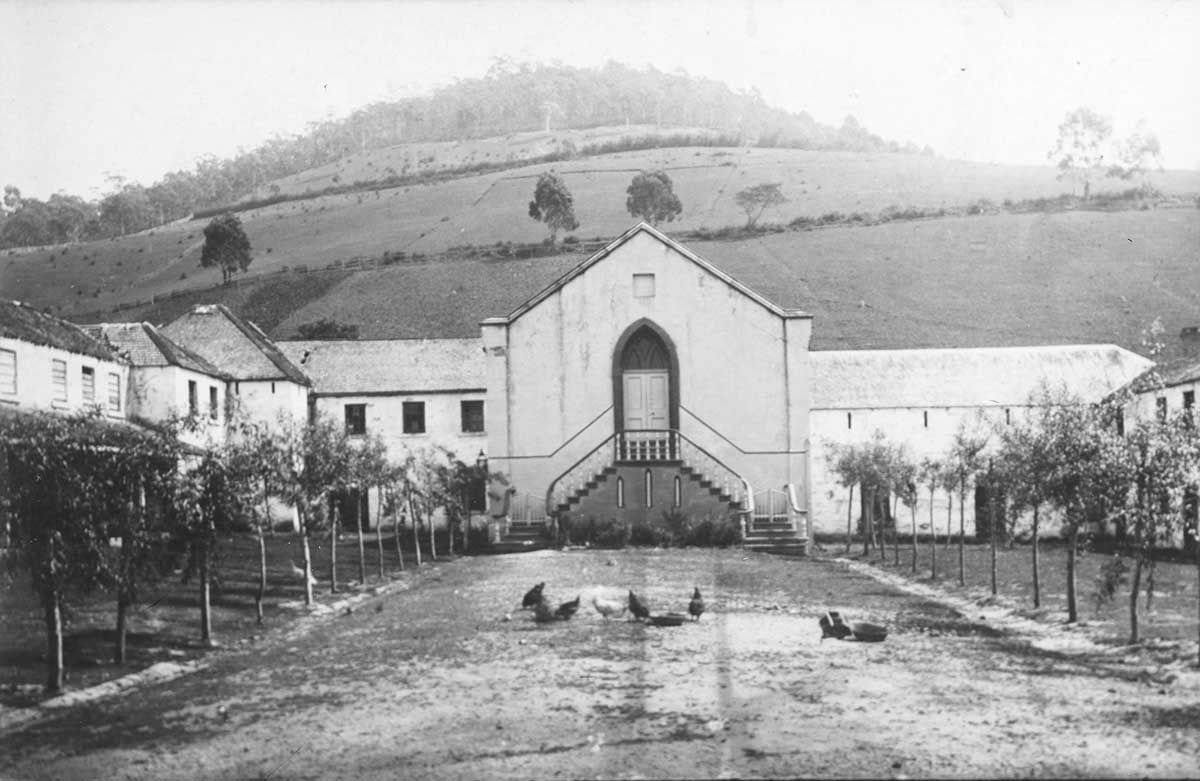
Female Factory Chapel
The need for an institution for juvenile offenders remained after the Reformatory's 1879 closure and a Training School operated in the Fifth Yard from 1883 to 1896. The new facility aimed to inspire family feeling and create a home influence, to give as much freedom as was compatible with good order, to avoid corporal punishment and to promote good moral tone. At the same time the men who ran the School wished to exert long term control over their charges, and in particular to censor parental influence and access, sought government approval to extend the period of access to the age of twenty one. The government did not accede to this request, but continued to encourage magistrates to send young offenders below the age of sixteen to the School rather than gaol. In 1896, the School moved to a new building in New Town.
In 1890, the Hospital for the Insane, which had been transferred to the Fourth Yard from Port Arthur in 1877, was closed down. The Contagious Diseases Hospital was then moved to the Fourth Yard and would remain until its closure in 1900.
Early in 1891 the Home of Mercy moved into Cascades, taking up occupation of a cottage outside the main complex. The Home of Mercy was run by the Church of England and cared for 'all fallen women'. Maud Montgomery, wife of the Bishop of Tasmania and the mother of Field Marshall Bernard Montgomery, was the main moving force behind the Home. The Home was sometimes slightly in debt, having outlaid money on a laundry to provide employment for women and income for the establishment.
In 1895, the Home took over the management of the Lying-in Hospital. Established in 1888 as an offshoot of the Benevolent Society, poor unmarried mothers were sent to the Hospital in the Third Yard. A certified mid-wife was appointed to take charge of the hospital which was expected to receive 16-17 patients annually. Women were expected to assist if able in washing, sewing or cooking. Often, women who had been released from the Hospital were sent to the Home for reform. Overcrowding of the Home led to establishment of Hope Cottage in 1896 to take some of the overflow of women.
By 1896, a large part of the complex was vacant. The Salvation Army had arrived in Launceston on 24 November 1883 and in Hobart on 19 December, keen to extend its welfare activities in areas of need. Two of these areas were 'rescue work' with unmarried mothers and with discharged male and female prisoners. On 15 November 1895 its 'Prison Gate Brigade' had opened a refuge for discharged male prisoners in the Fifth Yard, which became known as the 'Prison Gate Home'. Men were admitted straight from prison, or after a period of attempting to fend for themselves. In preparing these men for a hard-working civilian life, they were put to work on chores around the Home and the gardens, distributed bills, made mats and did carpentry. Yet space at Cascades remained under-utilised and operations came under close government scrutiny in 1897 as a result of a request for further space to accommodate a women's refuge. The decision was made to sell the site.
The State Government prepared the 15-16 acre site for sale in 1904 with each yard sub-divided and the Home of Mercy and Salvation Army moved to other premises. At the time, two two-storey buildings lined the east and west walls of the First Yard, which also had a two-storey building at the front and a chapel connecting the original central building with the rear building.
In 1924, the buildings in the First Yard were demolished, leaving only the external walls standing. Around 1926, two tennis courts and club rooms were constructed in the First Yard. An archaeological excavation in 2001 located part of the retaining wall for the tennis courts, which were demolished around 1960. The wall was built from sandstone blocks, which appear to have been taken from old prison buildings on the site. During the next couple of decades, industry was established within and around the site as the area started to develop a more suburban character. In the early 1960s, a wine merchant constructed a concrete besser block shed in the north-western corner of the First Yard and this was joined in 1972 by a concrete besser block toilet. An engineering shed, possibly for a boat repair business located in the First Yard, was built in 1974 and demolished by the Tasmanian government between 1988 and 1990.
The growing interest and scholarship in Australian women's history was a catalyst for the significance of the site being recognised by the community, and later governments, in the 1970s. The area which once housed the First Yard was purchased by the government in 1976 and has been administered by the National Parks and Wildlife Service, later the Department of Tourism, Parks and Heritage. The National Estate Grants Program assisted the State Government in acquiring the Cascades Female Factory Site with funds in the 1974-75 financial year and in 1992 funded a conservation plan for the site. A Federation Cultural Heritage Projects Programme grant allowed the Female Factory Historic Site Ltd to purchase the Third Yard in 1999 with the intention to gift the yard to the Tasmanian people in 2009.
The site has attracted strong local and national interest since the early 1980s and there have been newspaper articles appealing for research, maintenance and interpretation to be carried out. Groups with a present interest in the site include the National Trust of Australia (Tasmania), South Hobart Progress Association, South Hobart History Group, Tasmanian Women's History Co-operative and a committee formed from the National Council of Women of Australia - the Committee for the Conservation of the Female Factory at Cascades. The latter group has been closely involved in seeking funding for research and interpretation into the site from the Federal Government.
The Cascades Female Factory site was opened to the public on 8 September 1995 and the experiences and suffering of convict women incarcerated there are interpreted on site. The opening included an Amnesty International vigil in support of women's human rights, on the evening of the Fourth United Nations World Conference on Women, held in Beijing.
